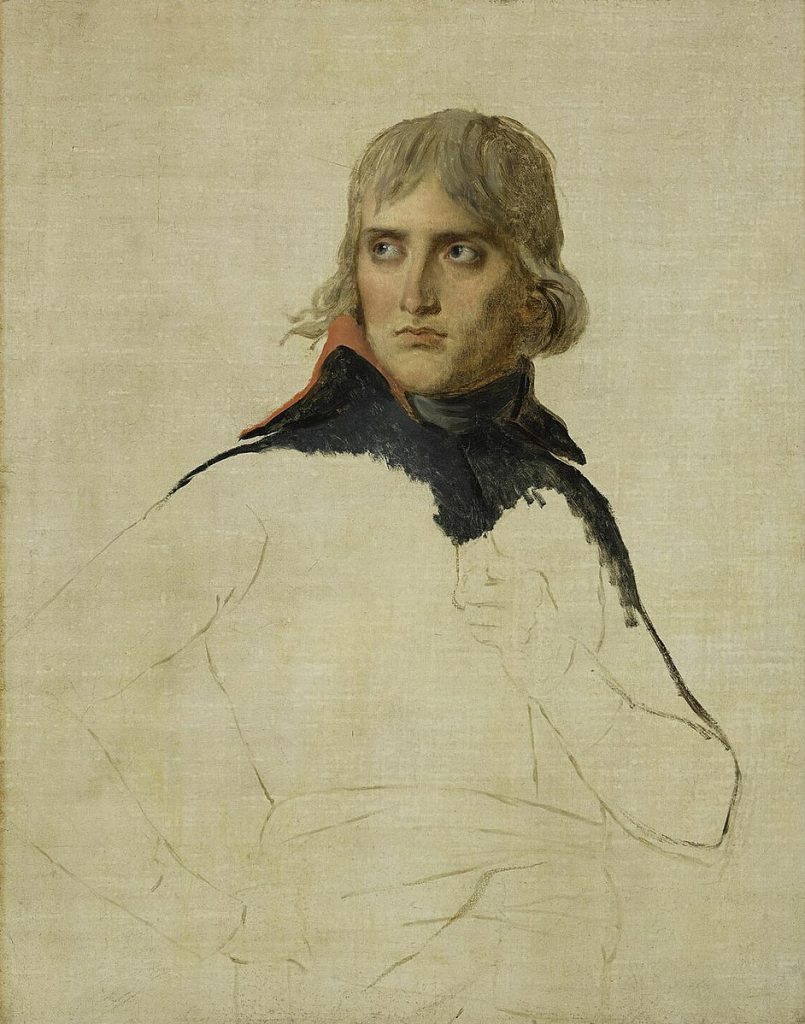I chose method 3: Hijack. I try to write the same essay in three ways, before reading, during reading, and after reading.
Idea 1
When a book is the basic unit for constructing a catalogue, the word ‘feasibility’ means that it is possible or reasonable to establish a connection between any two books in the catalogue. Such a catalogue illustrates a relationship between parts, and the whole is built through these parts.

We have already had a method of making associations between parts. From the 19th century, direct painting (or wet-on-wet) began to be used for whole pictures. Different from the Renaissance indirect painting layering and glazing, this method starts with the details. In this method, everything the painter does is a relational extrapolation: how to place one eye based on the other (be it position, shape, or colour), how to connect the neck and install the arms based on the head.
The method used in this catalogue can also be regarded as a textual version of ‘direct drawing’. By combining these ten books in pairs, I look for correlations between each pairing and describe them through text. These words build relationships between the books, as the description of each book is based on the other. ‘It is nearly impossible to separate two interleaved phonebooks when held by their spines.’ Likewise, I lock this relationship, with words.

Furthermore, another important question is which book is the starting point? Because once I chose a particular book as the first, in effect that choice meant that I was using some sort of sequential cataloguing, which is not what I wanted. So I used Python to list different possibilities of multiple combinations, they are all the catalogue of these ten books, just in the different order. These relationships can occur simultaneously.
order-0 order-1 order-2 order-3 order-4
order-5 order-6 order-7 order-8 order-9
Idea 2
The second was written as I read, and I found that some of these images were able to relate the two books, so I photographed them posed together as illustrations for this essay, using this relationship as a table of contents.
Idea 3
The third one was written after I finished reading all ten books.
After I finished reading all of these books, I tried to put them together them, looking for how they could be linked by the same article. So you can see that I came up with this framework.
The framework starts with the question: what kind of images can we make at the intersection of traditional print and digital media technologies? In the paragraphs that follow, you can see that I’ve used these ten books to support a number of related topics, including what kind of images we used to produce, how we produced them, the minimum and maximum units of images in the digital age, the workspace we work in today, etc. All these views are the result of the mutual support of these ten books. This is a catalogue of their contents together.